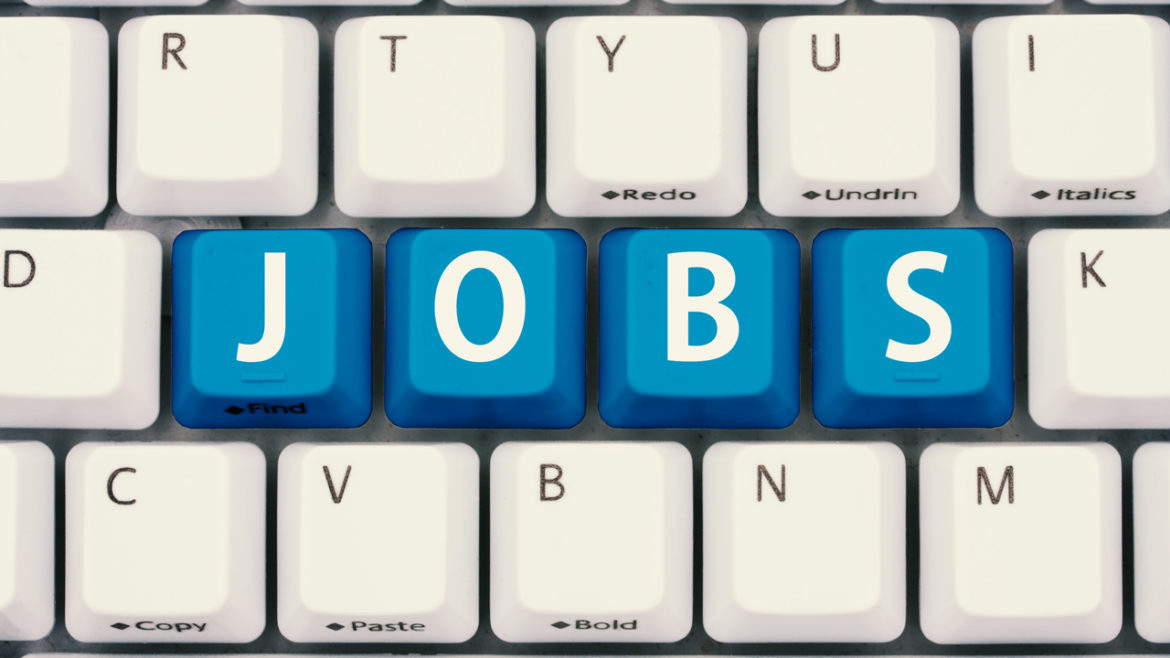Gold has all the potential to go unprecedentedly high. But silver will be gold on
Site:
Precious metals news
How much more of a beating can bond investors take? So far in 2022, with inflation raging, bonds have lost 10%—among the worst returns in U.S. history. On Wednesday, the Federal Reserve raised interest rates by 0.5 percentage points, the sharpest increase in 22 years.
Trevor Noah was correct. EVERYTHING is more expensive under Biden. And REAL average hourly earnings YoY keeps declining. REAL average hourly earnings YoY fell further to -3%. Meanwhile, fertilizer …
"Central bank independence can only be maintained by focusing on the narrow goals assigned by Congress. By straying from its mandate, Fed officials have chosen to base their decisions on politics rather than on sound economics.
There is no chance of staunching inflation if real yields remain mired deep in negative territory. Yet if the nominal yield on the UST should rise to 5-7%, and thereby marginally enter positive real yield territory, there would be carnage on Wall Street like never before.
May 6, 2022 - 07:51:53 PDT
Repo gets all of what tiny little bit of attention the world might pay (pun intended) to collateral. It shouldn’t be the sole star of this deeper shadow money world. There are other segments on the inside which gobble up collateral use, some of which might have even surpassed repo in terms...
May 6, 2022 - 06:16:32 PDT
For close to 80 years, the US dollar has reigned supreme as the world’s premier reserve currency. It’s a state of affairs that gives the US what former french president, Valery Giscard d'Estaing famously termed its “exorbitant privilege” in world affairs.
Global banks are taking steps to weather the wider impact of war and runaway inflation as the stream of central bank money that kept them afloat for more than a decade is switched off.
The cost of living in Tokyo rose at the fastest pace in almost three decades in April, as the impact of soaring energy prices became clearer, an outcome that complicates the Bank of Japan’s messaging on inflation and the need for continued stimulus.
As Deutsche Bank strategist Jim Reid wrote in his Thursday morning commentary, Powell sought to provide assurance that the Fed can achieve a soft landing, because business and household finances are strong enough to withstand a significant tightening in monetary policy.
The toxic combination of a slowing economy in China and what may be the most aggressive withdrawal of Federal Reserve stimulus since 1994 is hammering the world’s financial markets.
 The S&P Worst Selloff Since 1939: Historic Rout Isn’t Over Yet: Bank of America
The S&P Worst Selloff Since 1939: Historic Rout Isn’t Over Yet: Bank of AmericaMay 6, 2022 - 05:50:53 PDT
The global market selloff that saw the S&P 500 Index post its worst first four months of a year since 1939 has further to run, according to Bank of America Corp.
A day after celebrating the Federal Reserve’s signal that it wouldn’t be making any jumbo-sized moves, traders woke up on Thursday deciding that the central bank will struggle to fight high inflation amid the lingering threat of a recession.
 ‘We Are Nowhere Near the Bottom,’ Top Economist Says As Global Markets Crater
‘We Are Nowhere Near the Bottom,’ Top Economist Says As Global Markets CraterMay 6, 2022 - 05:44:35 PDT
Stock markets are set for more heavy selling this summer as central banks around the world hike interest rates to fight spiraling inflation, said one economist.
With bulls hoping and praying for a terrible payrolls print - ideally something in the mins 1 million range - and for a big slowdown in wage growth, moments ago the BLS reported a mixed bag for April data, with headline payrolls rising 428K, above the 380K expected ...
U.S. stock futures opened little changed Thursday evening after a sharp sell-off on Wall Street, as concerns over the Federal Reserve's ability to bring down inflation while maintaining solid economic activity resurged.
Home values in 97% of U.S. cities are overvalued, and real estate in some of the most overpriced regions could fall by 10% over the next few years, according to Moody's Analytics.
May 6, 2022 - 05:30:34 PDT
The last time mortgage rates were this high Barack Obama was just months into his first term as president, the nation was in the depths of the Great Recession...
According to the BLS, the economy added 428k jobs in April. This exactly matched the March number after it was revised down by 3k. The unemployment rate stayed flat at 3.6%. The Labor Force Participation rate dropped from 62.4% to 62.2%. YoY, this April is up 165k jobs compared to last April.
The Treasury reduced the total debt by $27B in April. This is not atypical since Tax Day falls in April. In April 2016 and 2018, the debt shrunk $78B and $21B respectively. April 2017 and 2019 were both flat due to a debt ceiling saga. 2020 and 2021 were exceptions because the tax deadline was extended.
The Fed hiked rates 0.5% this week in an effort to stem the inflation tide. But the economy already looks shaky and the central bank has barely started this inflation fight. Friday Gold Wrap host Mike Maharrey breaks down the messaging that came out of the Fed meeting and concludes the central bank is getting closer and closer to a crossroads. What will the central bank do? And what will it mean for the economy?
























